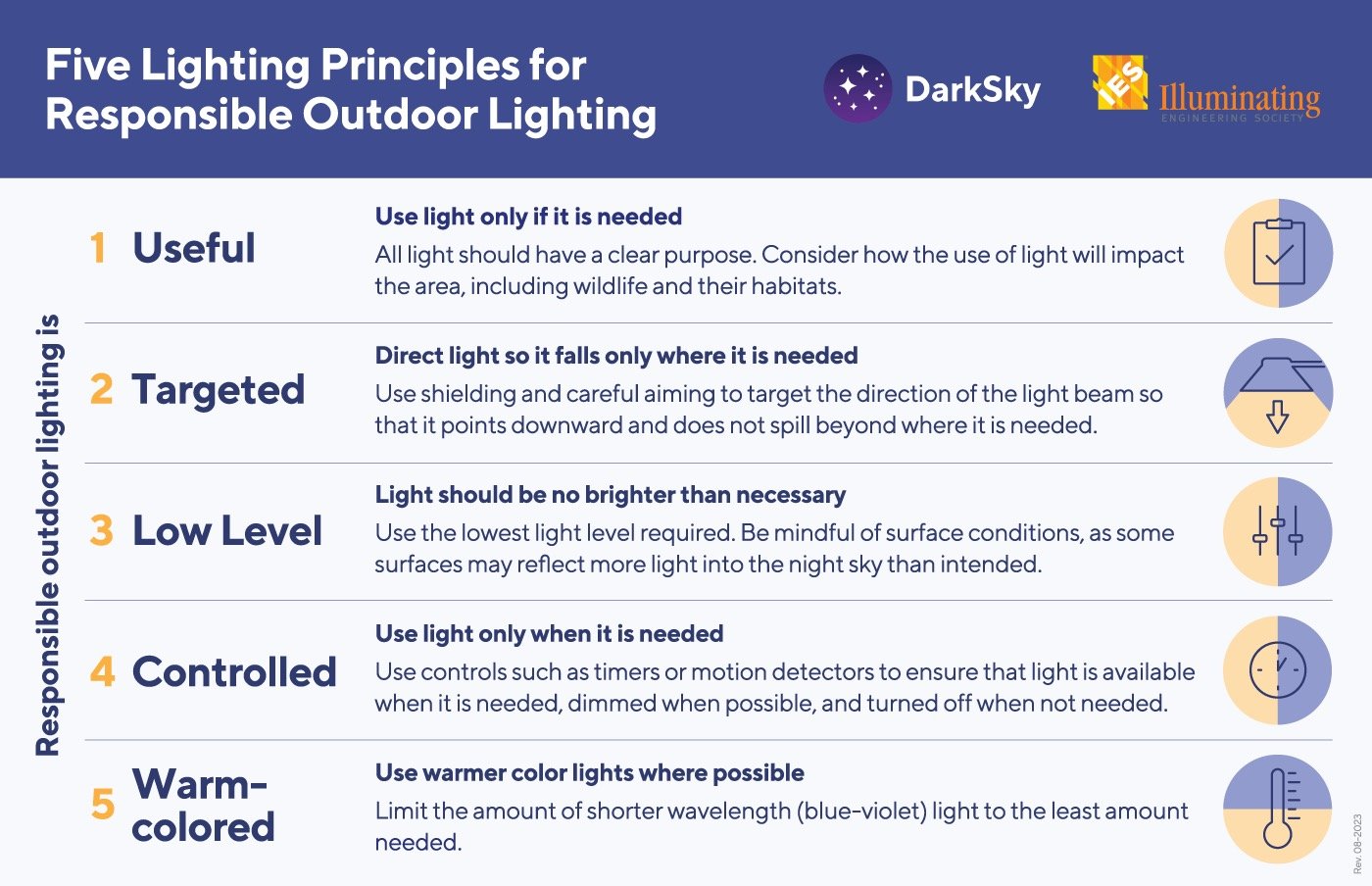Pollution
Light pollution, noise pollution, plastics, pesticides, and other contaminants affect our river valley. Learn more below.
Plastics
Plastic pollution is a global as well as a river valley issue. A Global Plastics Treaty is being negotiated to address the crisis internationally. Locally, you can help by learning about the issue and joining ERVCC’s litter clean-ups. The best way to help, however, is to advocate with groups like Waste Free Edmonton to achieve systems change.
ERVCC members became interested in the problem of plastic pollution 10 years ago when new towers were being built above the valley. The builders scraped polystyrene insulation at window and door openings, sending polystyrene micro and macro plastics snowing down into the valley. See the news story here. Since this story was released, we noticed many similar stories across Canada. Below, you can see white micro and macro plastics in the two outside photographs. In the two inside photos you can see the buildings where the plastics came from.
Polystyrene and other plastics are known to pollute the North Saskatchewan River (NSR), and that is a problem we are working to prevent. See the green webbing above on the building to the left? That mesh prevented more pollution from occurring, but sadly, it was only put up a full month after alerting authorities. You and I would have gotten fines for such littering! Expanded polystyrene insulation (EPS) is just one of many plastics made, each with additional chemicals of concern added to the final formulation. Some known carcinogens are also released unintentionally when plastics are produced and incinerated. All of these plastics are carbon-intensive to produce and difficult to recycle. Some plastics cannot be recycled. In the end, very little plastic is recycled, and most plastics are incinerated or end up in landfills or as litter. Over time, plastics break up and become smaller and smaller particles (micro and nano plastics MNP). They are then found in every trophic level of our food chains. Plastics kill wildlife and threaten human health. Plastics are very persistent and accumulate in our waters, soils, and bodies, including our brains, sex organs, and the placenta.
Here is a link to research on microplastics (including polystyrene) in the North Saskatchewan River (NSR). Bujaczek, T., Kolter, S., Locky, D., Ross, M.S. (2021). Characterization of microplastics and anthropogenic fibers in surface waters of the North Saskatchewan River, Alberta, Canada. FACETS, 6, 26–43. https://doi.org/10.1139/facets-2020-0057
The work above is valuable but should come as no surprise since Alberta is a big player in plastic production, with four ethane cracker plants (where the plastic polymers are made) and a 5th on its way. Dow is building a large ethylene cracker plant they are calling Path2Zero. But in the end, are they just encouraging more production of virgin plastics? The reliance on fossil fuels for feedstock raises questions about its true net-zero impact and they are not looking at their scope 3 emissions.
Alberta also leans into false solutions like Plastic Waste to Fuel projects which tend to fail. In Edmonton, we had Enerkem, which closed early. Here is a link about plastic waste to energy projects.
It is important to take an honest look at the problem of plastic pollution so we can work together on solutions. When we see litter in the valley, it is not just a cosmetic problem. Plastics kill wildlife, can kill humans, and worsen climate change. We have selected some key resources for learning more about plastic pollution.
Plastics and Human Health.
To learn more about plastics and human health, a comprehensive overview is the Minderoo Umbrella Study
See also The Minderoo Monaco Commission on Plastics and Human Health
To learn more about the health effects of plastics visit the website of The Canadian Association of Physicians for the Environment. See what they are doing about toxic exposures including plastics.
Plastic Chemicals. To learn about the state of science on chemicals in plastics visit the Plastchem site. This site helps you understand how poorly chemical additive in plastics are regulated.
Plastics and Pesticides To learn how agrochemicals intentionally add microplastics and toxics to Alberta Soils read this report from the Center for International Environmental Law. “Sowing a Plastic Planet”. This report exposes the intentional addition of microplastics to food crops.
Other key sites to learn more about plastic pollution
UN Environment Program on Plastic Pollution
The Plastic Pollution Coalition
Plastic People Documentary website. Look particularly under the action and education tabsl
Also visit Oceana’s campaign on plastics. They are doing great work to protect Canada’s Oceans. It’s all one water. What happens in the NSR ends up in our oceans.
Light Pollution
DarkSky International sums up some important principles regarding light in our valley. For more on light pollution we invite you to visit the website for Darkskys or watch our webinar from 2024 in the “Events” section.
More coming…
In the meantime, visit Pesticide Free Edmonton. An update on Second Generation Anti Rodenticides(SGARS) is coming soon. University Service Learning Students have been working with WildNorth and ERVCC and their lovely pamphlet on SGARS will be posted here.





